[Photos] Reliving Our Memories Of The British Era In Papan
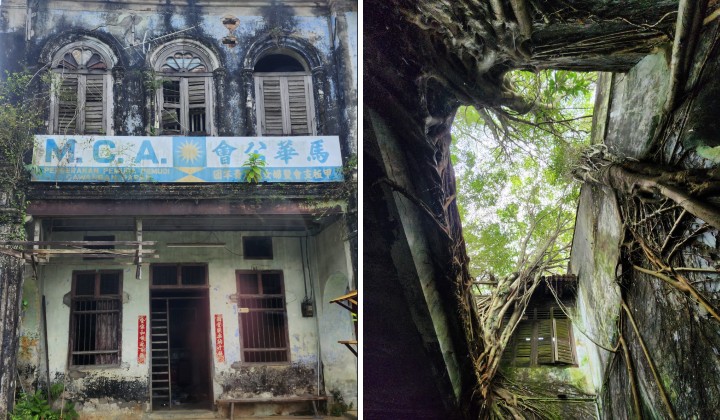
Subscribe to our Telegram channel for the latest stories and updates.
Papan is a former mining town located in the state of Perak.
It was one of the largest tin mining towns in the state during the early 20th century.
The town began to decline in the mid-20th century due to a combination of factors, including a decline in the tin mining industry and the depletion of the tin reserves in the area.
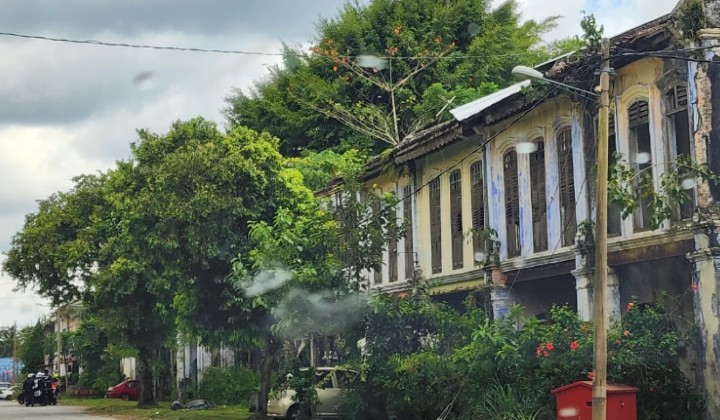
Many of the miners and their families moved away in search of better economic opportunities.
In addition, the town was also affected by several natural disasters, including floods and landslides.
These disasters caused significant damage to the town’s infrastructure, including roads and buildings, making it difficult for people to continue living there.
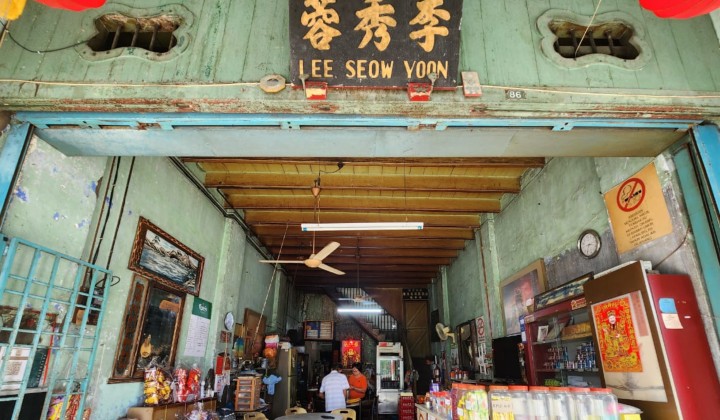
As a result, Papan gradually became an abandoned town, with only a few remaining residents living in the area today.
Despite its abandonment, Papan has become a popular tourist destination due to its unique history and well-preserved buildings from the colonial era.
Understanding Our Roots
Papan resident Leong Wai Fan said some of the villagers have pooled funds to recreate homes that show how people live in the olden days.
She said by learning about the experiences of people in the past, people can develop empathy and understanding for those who are different.
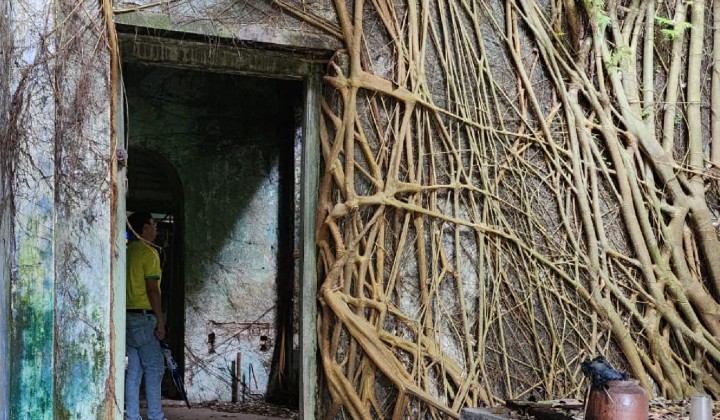
This, she added, can help people build more inclusive and compassionate societies.
Our personal and collective histories shape who we are as individuals and as a society. By remembering our past, we can gain a deeper understanding of our identity and our place in the world.
Papan resident Leong Wai Fan to TRP on the need to remember the past.
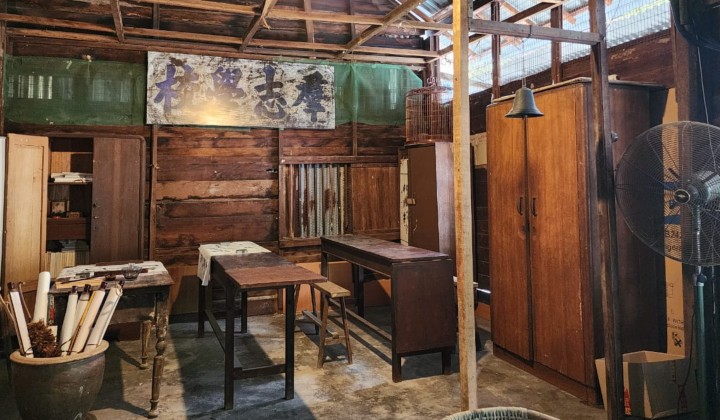
Leong pointed out that although the town is now abandoned, there are still a few things to see and do for visitors.
She said Papan is in fact a treasure trove for those who are interested in history and urban exploration.
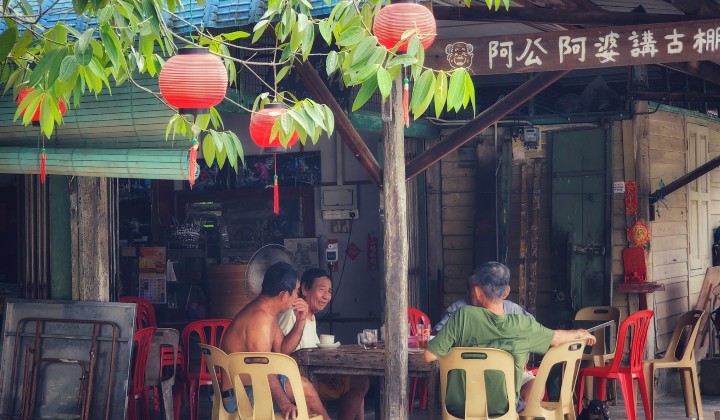
The list of ‘adventures’ includes:
- Explore the abandoned buildings: Papan is known for its many abandoned buildings, including the mosque, Chinese temple, and shophouses. Visitors can wander through the empty streets and take in the eerie atmosphere of the town.
- Visit the Papan Museum: The Papan Museum is a small museum that showcases the history of tin mining in the area. The museum contains artefacts, photographs, and exhibits that provide insight into the town’s past.
- Take a guided tour: There are local guides who offer tours of Papan, providing visitors with more context and history about the town.
- Hiking: Papan is surrounded by lush jungles and hills, providing a great opportunity for hiking and nature exploration.
- Food hunting: There are a few food stalls near Papan, offering local delicacies such as seafood, noodles, and traditional Malay dishes.
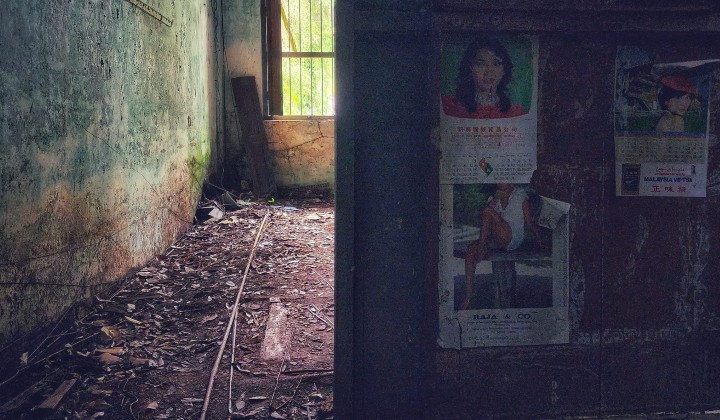
It is important to note that some of the abandoned buildings in Papan may be unstable and dangerous, so visitors should exercise caution and be aware of their surroundings while exploring the town
Meanwhile, the abandoned train tracks that pass through the outskirts of Papan are also worth checking out.
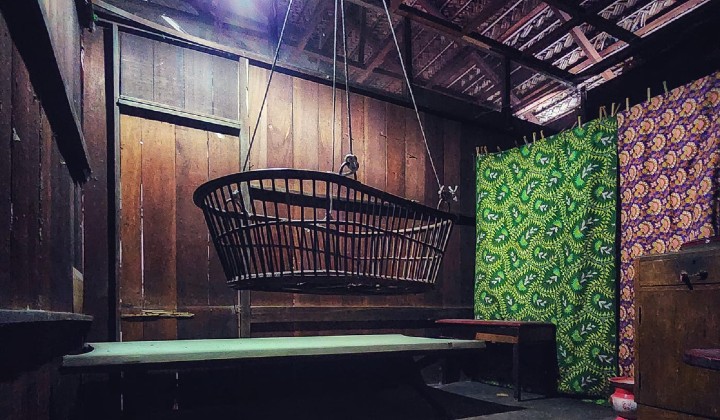
Independent filmmaker Ansell Tan said many of the old railway tracks in Perak became obsolete as transportation technology evolved.
Many were abandoned and not much info about them is available online.
Perak has a rich history of railway transportation. The most compelling surviving site is the ruins of the train depot in Falim. These forgotten railway tracks have become a popular attraction for visitors who are interested in history and urban exploration.
Independent journalist and videographer Ansell Tan to TRP on the forgotten past in Papan.
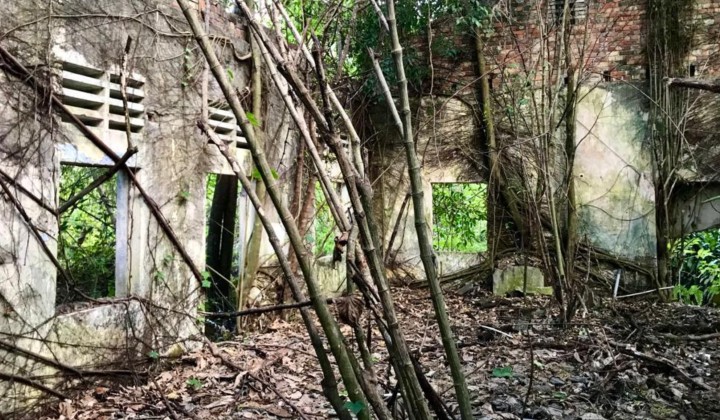
Some of the forgotten railway tracks in Perak that are worth exploring include:
- The Taiping-Kamunting railway line: This railway line was built in 1885 and was the first railway line in Malaysia. It connected the town of Taiping to Kamunting and was used for the transportation of tin from the mines in the area. Today, the railway line is abandoned and visitors can explore the tracks and the old railway station in Taiping.
- The Kinta Valley railway line: This railway line was built in the early 1900s to transport tin from the mines in the Kinta Valley. The railway line was closed in the 1990s, but visitors can still explore the abandoned railway tracks and the old railway stations in Ipoh, Batu Gajah, and other towns in the area.
- The Kuala Kangsar-Padang Rengas railway line: This railway line was built in 1903 and was used to transport tin and rubber from the area. The railway line was closed in the 1990s, but visitors can still explore the abandoned tracks and the old railway stations in Kuala Kangsar and Padang Rengas.
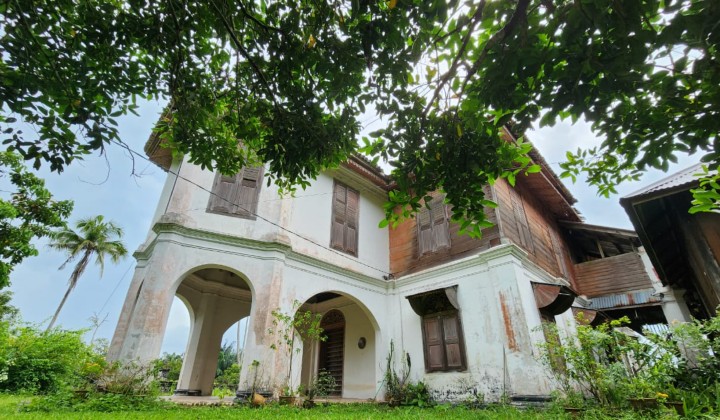
Visitors should exercise caution while exploring abandoned railway tracks, as some of the tracks and structures may be unstable and dangerous.
It is also important to respect the history and cultural significance of these sites and not to disturb or remove any artefacts.
Glory Days Of The British Empire
The British colonial era in Malaya, which lasted from the late 18th century to the mid-20th century, had a significant impact on the history and development of the country.
Here are some reasons why it is important to remember this era:
- The colonial era marked the beginning of modernization in Malaya. The British introduced new technologies, such as railways and telegraphs, which helped to transform the country’s economy and society.
- The British also established a modern legal and administrative system in Malaya, which laid the foundation for the country’s current legal and political systems.
- The colonial era saw the growth of a new middle class in Malaya, as Malays, Chinese, and Indians were given new economic opportunities. However, this also led to social and economic inequality, which still persists today.
- The British brought in large numbers of immigrant workers from China and India to work in the country’s tin mines and rubber plantations. This led to the formation of diverse communities in Malaya, which have contributed to the country’s rich cultural heritage.
- The struggle for independence from British rule, led by figures such as Tunku Abdul Rahman and Tun Dr Mahathir Mohamad, played a crucial role in shaping the modern identity of Malaysia. The country gained independence in 1957, but the legacy of the colonial era still resonates in Malaysian society today.
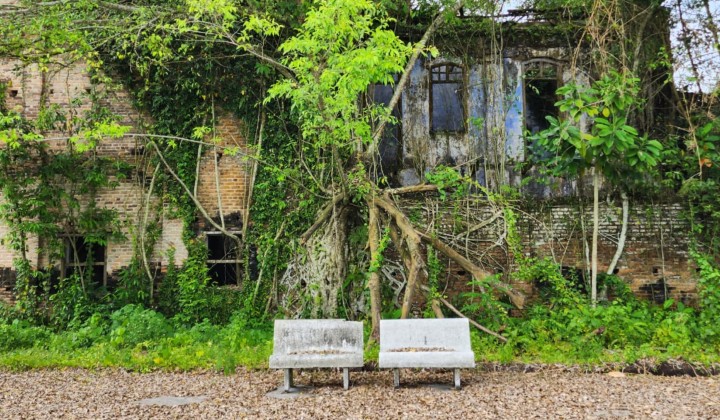
However, it is important to note that the colonial period also had many negative consequences for Malaysia, including economic exploitation, social inequality, and political oppression.
While some people may look back on this period with nostalgia, it is crucial to acknowledge and address the lasting impacts of colonialism on Malaysia and its people.
Di hadapan rumah kedai yg pernah didiami oleh tokoh sejarah terkenal di dalam & di luar negara. Sybil Kartigasu, seorang jururawat cekal hati yg juga merupakan pejuang tanahair yg tidak boleh dilupai. Kenangan beliau masih terpahat di kediamannya di Pekan Papan, Batu Gajah pic.twitter.com/5Tk0dqrR08
— V.Sivakumar (@Sivatronoh) October 17, 2021
Share your thoughts with us on TRP’s Facebook, Twitter, and Instagram.





